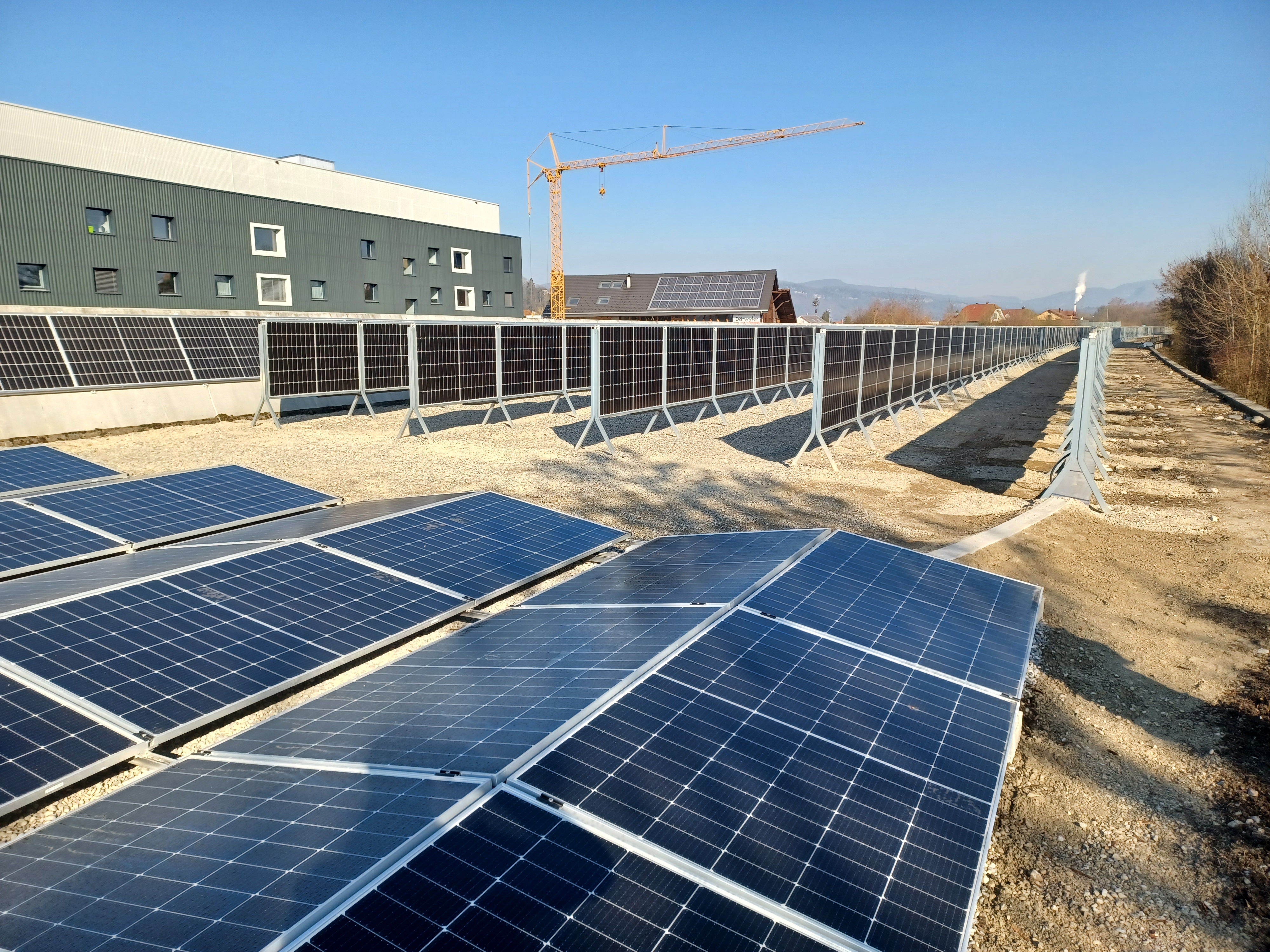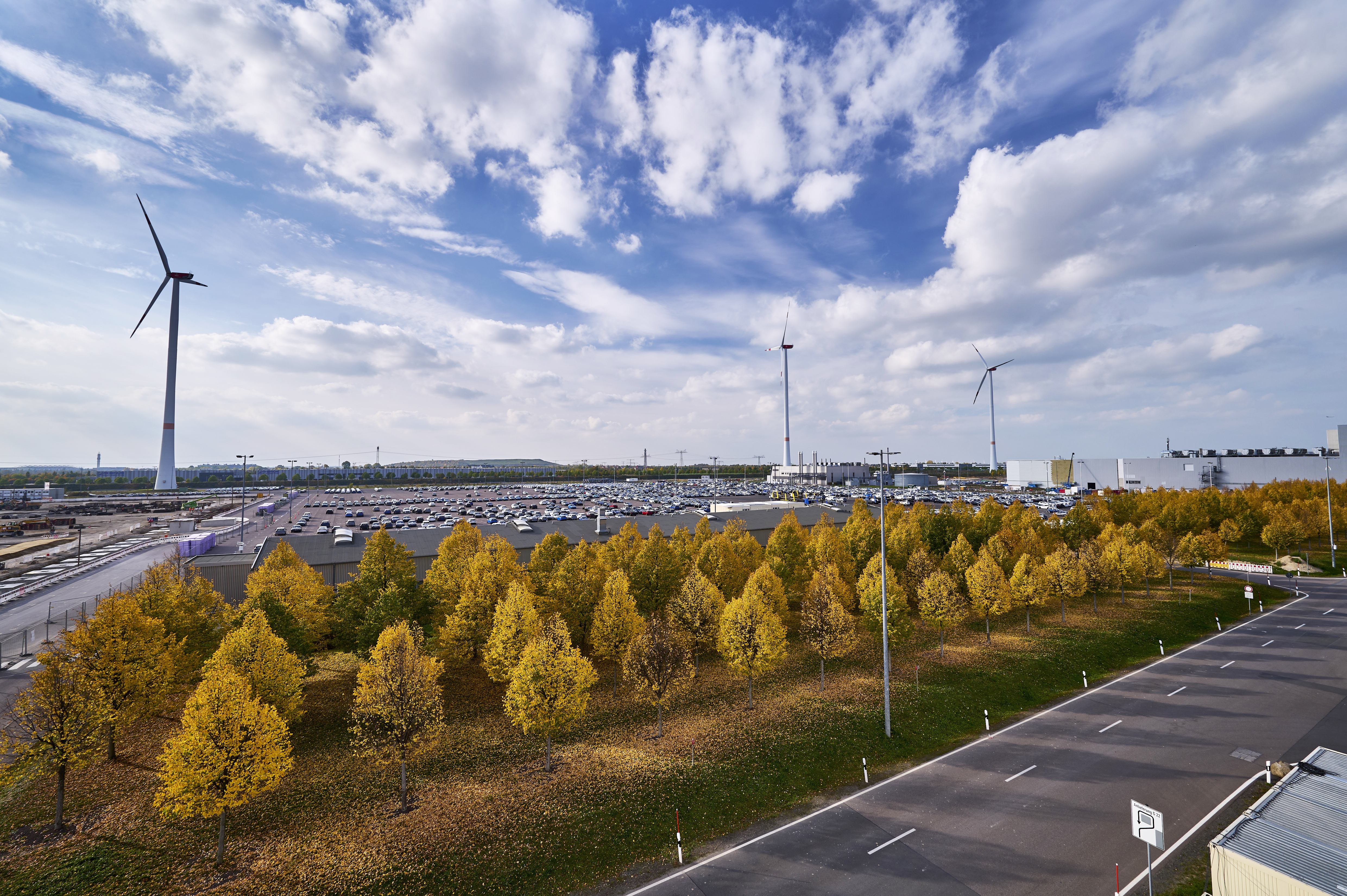Photovoltaics above the A2 highway: noise protection, biodiversity and electricity production all in one

Solar power has recently been produced on a noise protection structure on the A2 highway between Zofingen and Strengelbach. The photovoltaic system is a pioneering project in two respects: firstly, it shows that ecological compensation areas can be used to produce electricity. Secondly, it uses what are known as bifacial solar modules, a new type of photovoltaic module. Basler & Hofmann planned the system and supervised its construction.
The communal plant produces 700,000 kilowatt hours of electricity per year. This corresponds to the needs of around 150 households. The client and operator is the local energy supply company StWZ Zofingen. It is one of the first photovoltaics (PV) systems on the half-covering of a highway in Switzerland.
Combination of ecological compensation and electricity production
In order for the system to be installed on the noise protection structure, various framework conditions had to be taken into account: the canopy was to continue to serve as an ecological compensation area. Furthermore, the PV modules should not dazzle Roads, air and rail traffic or the neighborhood. Finally, the system was not allowed to exceed the load-bearing capacity of the structure. Together with a biologist, the photovoltaics and structural engineering experts from Basler & Hofmann developed a system that preserves the area for plants and animals while allowing effective electricity production. To achieve this, the experts used a new type of solar module.
Bifacial solar modules enable green roofs
The modules are so-called bifacial PV modules. In contrast to conventional modules, bifacial solar elements generate up to 80 percent more electricity when mounted vertically, as they can convert light into electricity on both sides. Vertical mounting allows for greenery or agricultural use between the modules, depending on the location. In Zofingen, bifacial modules were combined with conventional modules. While the bifacial modules mainly produce electricity in the mornings and afternoons, the conventional modules reach their maximum production at midday. The combination results in relatively balanced electricity production throughout the day.
Overall, the system achieves an annualCO2 reduction of around 72 tons. Half of the solar power is purchased by the town of Zofingen, while the other half is available to private individuals and companies via share certificates.


